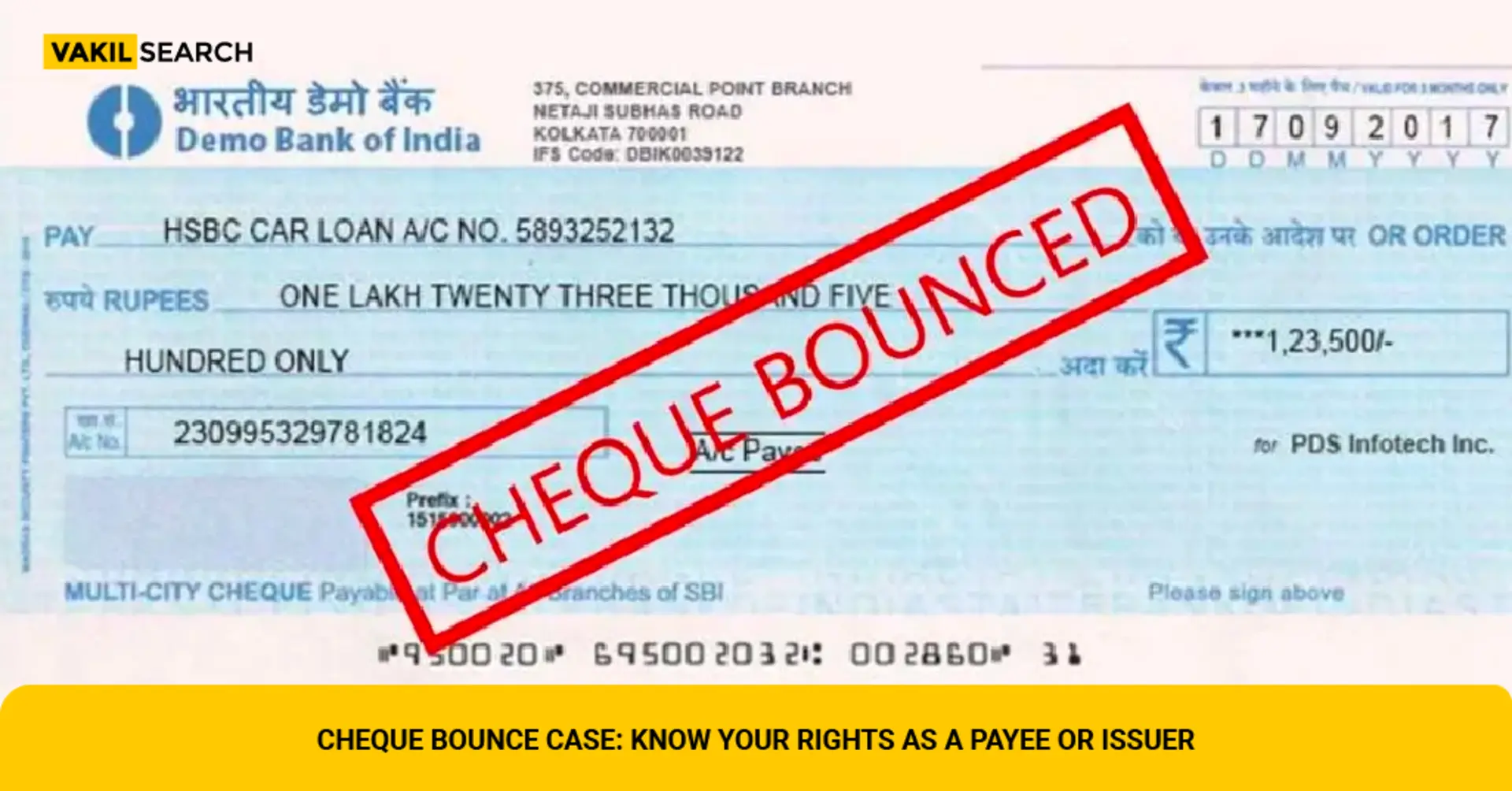
Haryana, once considered a bastion of traditional political powerhouses, witnessed a seismic shift in its political landscape with the emergence and ascendancy of the Bharatiya Janata Party (BJP). The journey of BJP's rise in Haryana politics is a tale of resilience, strategic alliances, and transformative leadership that has reshaped the state's political narrative.
The genesis of BJP's rise in Haryana can be traced back to the early 1990s when the party, buoyed by the wave of Hindutva ideology sweeping across the nation, began to make inroads into the state's political landscape. Initially, the party faced formidable challenges, grappling with entrenched regional parties and a deeply entrenched caste-based polity dominated by the likes of the Indian National Lok Dal (INLD) and the Congress. However, BJP's fortunes took a dramatic turn with the onset of the 21st century. The party's astute leadership of Atal Bihari Vajpayee and Lal Krishna Advani, coupled with a shrewd electoral strategy, propelled it to unprecedented heights.
The watershed moment came in 2014 when BJP, under the charismatic leadership of Narendra Modi, secured a historic mandate in the Lok Sabha elections, winning all ten parliamentary seats in Haryana. This resounding victory laid the foundation for BJP's dominance in the state's political arena. One of the key factors behind BJP's rise in Haryana has been its ability to forge strategic alliances with regional players and leverage caste dynamics to its advantage. The party's alliance with the Shiromani Akali Dal (SAD) in the state proved instrumental in consolidating its support base among the Sikh community, particularly in the politically influential regions of Kurukshetra and Ambala.
The move to make Manohar Lal Khattar, the first punjabi CM of the state also payed well to the BJP. Furthermore, BJP's emphasis on development-centric governance and its proclivity towards inclusive politics resonated with the aspirations of Haryana's burgeoning youth population and urban middle class. The party's visionary schemes such as 'Beti Bachao, Beti Padhao' and 'Swachh Bharat Abhiyan' struck a chord with the electorate, transcending traditional fault lines of caste and religion. It was with this approach the sex ratio of haryana improved from the worst to good. BJP’s meteoric rise in Haryana also coincided with a gradual erosion of the traditional vote banks of regional parties like INLD and Congress.
The disillusionment among voters with the lackluster performance and corruption scandals plaguing these parties created a fertile ground for BJP to capitalize on. Moreover, BJP's organizational prowess and robust grassroots machinery played a pivotal role in consolidating its electoral gains across the state. The party's relentless focus on booth-level management, cadre mobilization, and outreach programs ensured that its message reached every nook and corner of Haryana, thereby broadening its support base. The culmination of BJP's rise in Haryana was evident in the 2019 Assembly elections when the party emerged as the single largest party, winning 40 out of 90 seats and forming the government in alliance with the Jannayak Janta Party (JJP).
This electoral triumph underscored BJP's status as the preeminent political force in the state, relegating traditional rivals to the fringes of Haryana's political spectrum. Nonetheless, BJP's ascendancy in Haryana politics represents a paradigm shift in the state's political dynamics. From being a peripheral player to assuming the mantle of leadership, the party's journey epitomizes the power of perseverance, pragmatism, and people-centric governance. As BJP continues to consolidate its hold in Haryana, the contours of the state's political landscape are bound to undergo further transformation, heralding a new era of politics defined by innovation, inclusivity, and progress. It will be interesting to see how BJP performs in the 2024 Lok Sabha elections where it captured all the seats in the last two terms.















